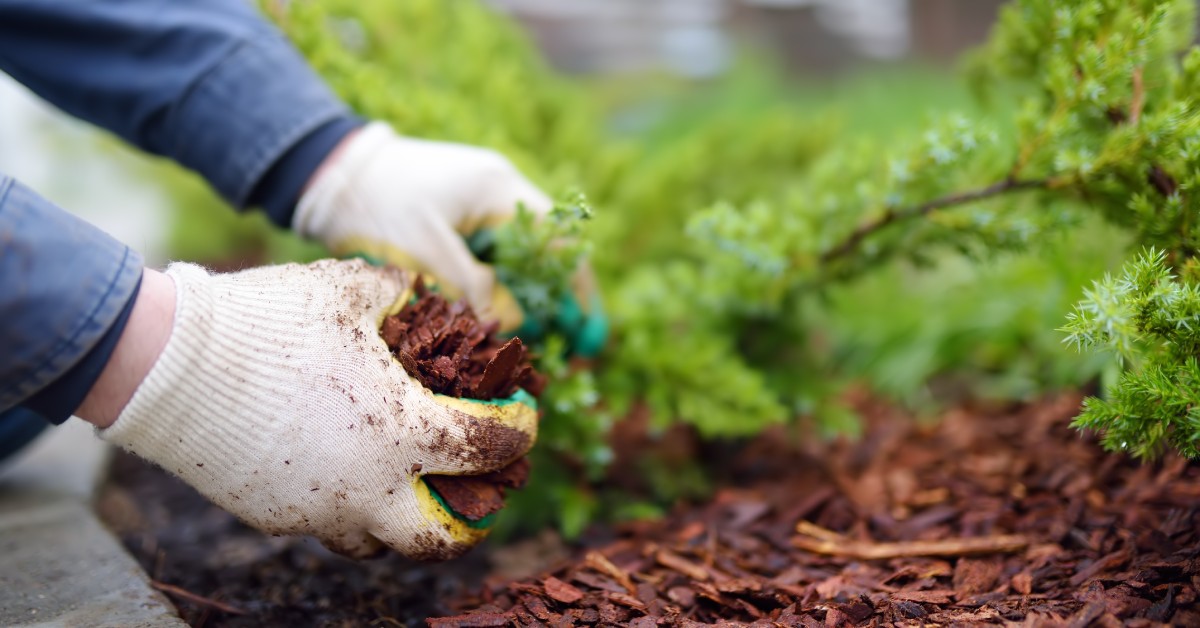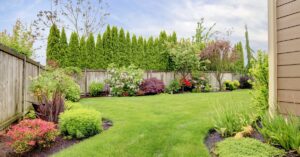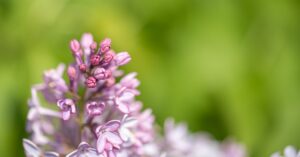Maintaining a beautiful and healthy lawn in Virginia requires special care and attention as the seasons change. One of the best times to prepare your property is during fall, making sure that it’ll survive the colder winter months and bounce back once spring comes around. Unique weather patterns, soil conditions, and grass types in Virginia make it essential to follow tailored lawn care practices during autumn. Have a fall lawn care checklist for Virginia landscapes handy while you’re tending to your property, you don’t want to miss anything critical.
Assess Your Lawn’s Condition
The first step to effective fall lawn care is evaluating your lawn’s current status. Inspect the soil, grass health, and any problematic areas that might require treatment. Thinning grass, bare spots, or the presence of weeds indicate areas that might need soil amendments, reseeding, or additional maintenance. Fall is the time to address these issues proactively before the soil temperature drops too much for effective treatment.
Understanding your lawn’s specific type of grass is crucial for determining care strategies. Virginia landscapes often feature cool-season grasses such as fescue and Kentucky bluegrass, as well as warm-season varieties such as zoysia and Bermuda grass. Knowing what you’re working with will help you plan your maintenance schedule properly.

Aerate the Soil
Compacted soil is a common issue for lawns in Virginia, especially in areas that experience heavy foot traffic. Fall is the optimal season for aeration, a process that relieves compaction and allows nutrients, water, and air to penetrate the soil effectively. Core aeration, which involves removing small plugs of soil, is the preferred method for loosening the ground without causing harm to the grass.
Aerating your lawn not only improves root growth but also creates optimal conditions for overseeding, fertilizing, and other fall treatments. For best results, aerate when the grass is actively growing, and the soil is slightly moist to ensure efficient penetration.
Fertilize for Strong Growth
Fertilizing is an essential step to prepare your lawn for the challenges of winter. Fall fertilization helps replenish nutrients that may have been depleted over the summer and provides the grass with the resources needed to build strong roots. Virginia lawns typically benefit from fertilizers with a balanced blend of nitrogen, phosphorus, and potassium, but soil testing can help you determine the precise nutrient needs of your yard.
The timing of fall fertilization is equally important. For cool-season grasses, aim to fertilize early to mid-fall, ensuring the lawn can absorb nutrients while there’s still active growth. Warm-season grasses may require one final light feeding early in the season before going dormant.
Overseed to Improve Density
Overseeding is a valuable technique for Virginia homeowners looking to improve their lawn’s density and appearance. This process involves spreading fresh grass seed over your existing lawn to fill in bare spots and encourage a thicker, more uniform turf. Fall is an excellent time for overseeding because the soil temperature is still warm, while the cooler air promotes faster germination and growth.
When overseeding, select a high-quality seed variety that matches your current grass type. Ensure that the soil is well-prepared by mowing the grass short and lightly raking the surface to create good seed-to-soil contact. Water the seeded areas consistently to support proper growth.
Manage Weeds Proactively
Fall is an opportune time to deal with persistent weeds that may have taken root over the summer. Perennial weeds such as dandelions and clover compete with your grass for nutrients and water, potentially weakening your lawn. Using a post-emergent herbicide designed for your grass type can help eliminate these weeds before they become more widespread.
Addressing weed control in the fall helps reduce the weed seed bank, minimizing issues during the next growing season. Combine herbicide application with cultural practices such as aeration and overseeding to create a dense lawn that naturally suppresses weeds.
Adjust Mowing Practices
Proper mowing techniques are critical to maintaining a healthy lawn in Virginia during the fall. Lower your mower blade gradually throughout fall, but don’t cut the grass too short. Grass that is left at a moderate height can continue to photosynthesize effectively, helping store energy in its roots for the winter months.
Additionally, keep mowing your lawn until the grass goes dormant. Allowing the grass to grow too tall during late fall can invite mold, fungal diseases, and pest infestations due to excess thatch and moisture buildup.
Manage Leaves and Debris
Fall in Virginia means vibrant foliage, but the colorful leaves that fall on your lawn can create challenges for its health. Allowing leaves to accumulate can suffocate the grass, block sunlight, and trap moisture, creating the perfect conditions for disease. Regularly rake or mulch leaves into smaller pieces to allow them to decompose naturally and add organic matter to the soil.
Removing other debris, such as sticks or lawn furniture, is equally important for preventing dead spots and ensuring even growth come spring. Keeping your lawn clear allows the grass to breathe and remain healthy through shifting temperatures.
Address Lawn Diseases and Pests
Cooler temperatures and increased moisture in the fall create ideal conditions for certain lawn diseases and pests. Keep an eye out for problems like brown patch, rust, and dollar spot, which are common in Virginia. Treat these issues promptly with fungicides or other targeted solutions to minimize damage and prevent further spread.
Pests such as grubs may also be active during early fall, feeding on grass roots beneath the soil surface. Applying a suitable grub control treatment can protect your lawn and ensure healthy root systems. Monitoring the lawn regularly will help you catch these problems early.
However, if these pests and diseases get out of hand, you’ll likely need to recruit the professionals for landscaping services in Virginia. Early intervention is crucial, as a small, persistent issue can quickly become a widespread problem, potentially causing irreversible damage to your landscape. A professional can accurately diagnose the problem and provide effective, long-lasting solutions to restore your yard’s health and beauty.
Irrigate Judiciously
While fall is generally cooler and may bring more rain than summer, Virginia landscapes can still benefit from supplemental irrigation during dry spells. Water deeply and less frequently to encourage strong root growth and prepare the grass for winter dormancy. Early morning watering is ideal, as it reduces evaporation and allows grass to dry before evening, minimizing the risk of fungal diseases.
However, avoid overwatering, as excessive moisture can be detrimental to your lawn. Adjust your irrigation schedule based on current rainfall levels and the specific needs of your grass type.

Winterize Your Lawn Equipment
The fall season provides an excellent opportunity to clean, maintain, and store your lawn care equipment properly for the winter months. Sharpen mower blades and clean any remaining grass clippings or soil from tools to prevent rust and deterioration.
By keeping your equipment in good condition, you’ll be better prepared to tackle spring lawn care when the time comes.
Plan Ahead for Next Season
Finally, use the fall months to plan for the year ahead. Take notes on what worked well, any challenges you faced, and areas of your lawn that might require extra attention. A proactive strategy can help you stay ahead of potential issues and maintain a thriving landscape throughout the year.
Knowing the essential steps for Virginia lawn care, you’ll set your property up for success even as the seasons shift. Proper fall lawn care ensures strong root development, disease prevention, and an overall healthier yard that’s ready to flourish when spring arrives.



